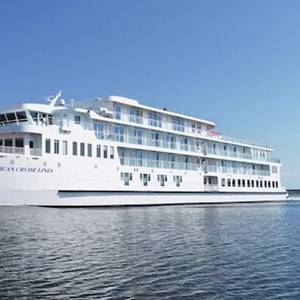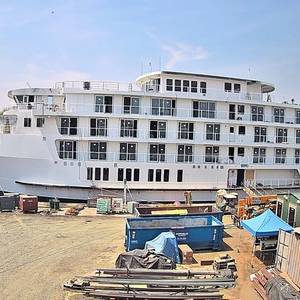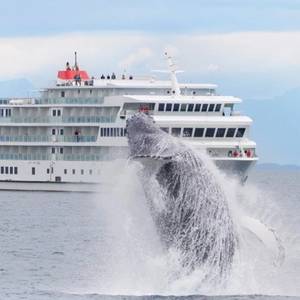
The domestic passenger vessel answers the call for cleaner and more efficient platforms. It is truly an electric time to be a part of this niche industry.In the shadow of a rapidly changing political landscape, the domestic passenger ferry sector is nevertheless seeing an increasing number of newbuild vessel orders.

Kongsberg Maritime has strengthened its 15-year partnership with Chesapeake Shipbuilding in the United, through the supply of its Aquarius retractable stabilizers that will be installed on the latest newbuild cruise ships for American Cruise Lines (ACL).The Aquarius retractable stabilizers offer high-performance roll damping, compact and lightweight design, and advanced control systems.

American Cruise Lines is pleased to announce their biggest Alaska cruise season ever. The company will have 2 small ships in Alaska and 5 extraordinary itineraries, delivering once-in-a-lifetime experiences aboard sailings operating this May through September.For 2025, American has repositioned small ship, American Constitution